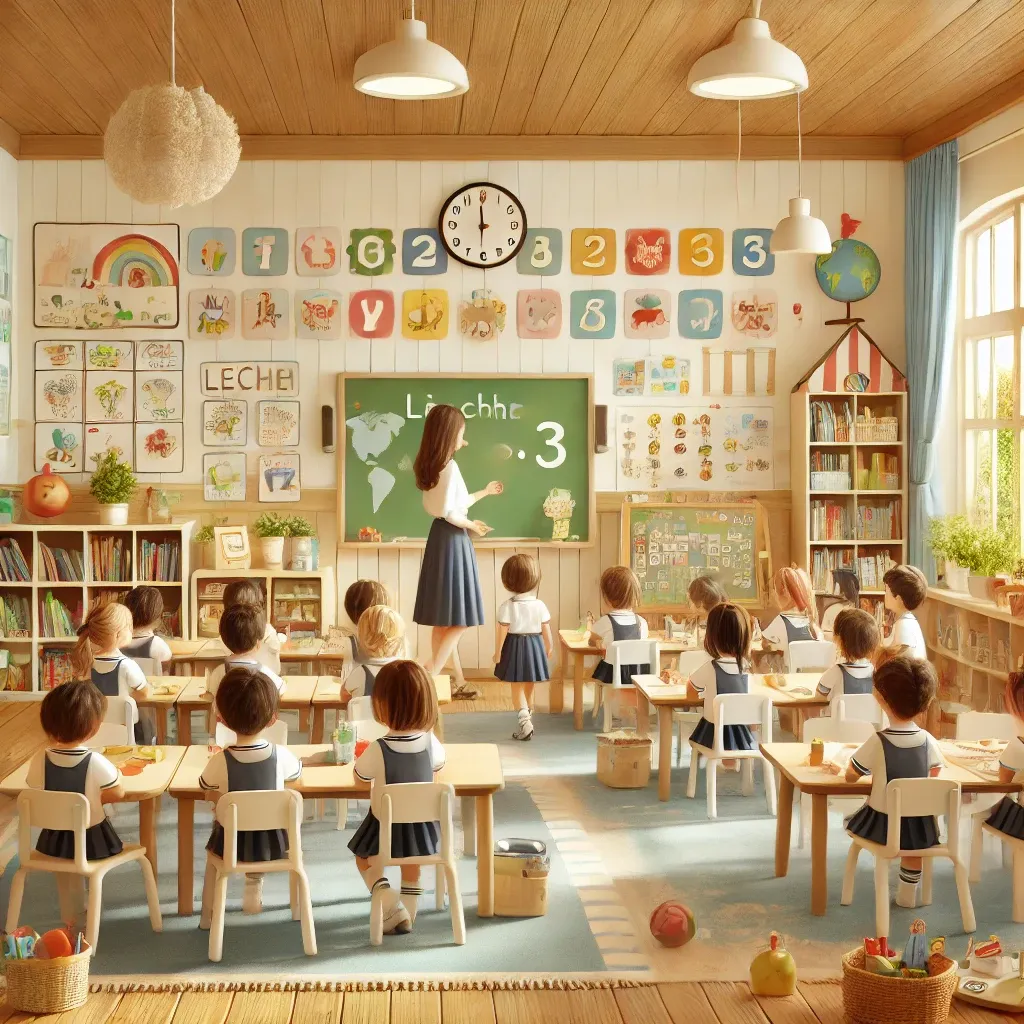Are you curious about the elementary care classroom program, its costs, or what a typical school day looks like for students? Explore the essentials of an elementary school student care classroom, including lunch boxes, costs, and key features that make these programs effective.
The Elementary Care Classroom Program
An elementary care classroom program is designed to support the social, emotional, and educational development of children outside regular school hours. These programs provide a nurturing environment where children can complete homework, engage in educational activities, and socialize with peers. They are essential for working parents who need a safe space for their children after regular school hours.
Key Features of Elementary Care Classroom Programs:
-
Homework Assistance Teachers or trained staff help students complete their assignments.
-
Creative Activities Programs often include arts and crafts, music, or drama to engage children’s creativity.
-
Physical Activity Time for outdoor games or indoor exercises, promoting health and fitness.
-
Social Skills Development Activities are designed to enhance communication and teamwork.
-
Emotional Support Programs provide a safe space for children to express themselves and manage their emotions.
The programs are often structured to provide a balanced routine, blending educational and recreational activities. For example, children may begin with some quiet reading or homework time, followed by group games or interactive lessons. In these settings, children not only learn but also develop important life skills such as problem-solving, conflict resolution, and time management.
👉 Learn more about elementary school care programs 👈
The Essential Role of the Elementary School Student Care Classroom
The elementary school student care classroom offers a flexible, safe space for students to learn and play after hours. These classrooms extend the school day, providing children with the opportunity to engage in enriching activities while their parents finish their workday.
Why Are These Classrooms Important?
-
Supporting Working Families These programs ensure that children have a place to stay while their parents are at work.
-
Encouraging Academic Success Extra time in a structured environment helps students stay on track with their studies.
-
Building Strong Relationships The classroom setting fosters teamwork, friendships, and connections between peers and teachers.
-
Specialized Programs Many care classrooms incorporate tutoring or extra lessons for students who need additional help.
-
Creating a Positive School Culture These classrooms provide children with more positive exposure to the school environment, enhancing their sense of belonging.
In these settings, students are encouraged to pursue interests that are not typically part of the regular curriculum, such as science experiments, reading clubs, or even gardening. A well-rounded program helps children grow not only academically but also socially and emotionally. For instance, a student who might struggle with peer relationships during the school day might find more opportunities to practice these skills in a less structured afterschool environment.
👉 Explore the best student care programs 👈
The Elementary School Student Care Classroom Lunch Box
A key component of the elementary school care classroom is the lunch box. This isn’t just about providing food; it’s about giving children the energy they need to stay engaged throughout the day. Lunch time in these care classrooms is an opportunity for students to relax, socialize, and recharge for the remainder of their activities.
Considerations for Lunch Boxes:
-
Nutritious Choices Healthy meals are prioritized to ensure children get the right balance of nutrients.
-
Variety Meals can vary daily, offering students a chance to try new foods and keep lunchtime exciting.
-
Food Allergies Care classrooms often accommodate students with allergies, ensuring safe options.
-
Meal Preparation Some programs provide meals prepared on-site, while others may allow students to bring lunch from home.
-
Encouraging Independence Children are encouraged to manage their own lunch boxes, fostering responsibility.
The right lunch box can make a difference. For example, a child who enjoys their meal is more likely to have a positive experience during lunch time. Care classrooms may offer guidance on healthy eating habits, teaching children how to make better food choices. One of the benefits of a structured after-school lunch routine is that it reinforces the importance of balanced nutrition in a fun and accessible way.
👉 Discover healthy lunch box ideas for your child 👈
Conclusion
In conclusion, elementary care classrooms offer invaluable support for students and their families. Whether it’s the structured programs designed to enhance learning, the safe environment for social development, or the nourishing lunch options, these classrooms are integral to a child’s educational journey. By providing a structured yet flexible space, they help bridge the gap between school and home life, fostering academic success and emotional well-being.
As more parents recognize the importance of after-school care, these programs are becoming an essential part of the educational landscape. By continuing to improve and adapt these programs to meet the needs of children, we ensure that future generations grow up with the skills, knowledge, and confidence to thrive.
This article highlights three key aspects of elementary school student care classrooms: the programs, their importance, and the lunch options provided. By understanding these elements, parents and educators can work together to create an environment that supports the holistic development of children.






